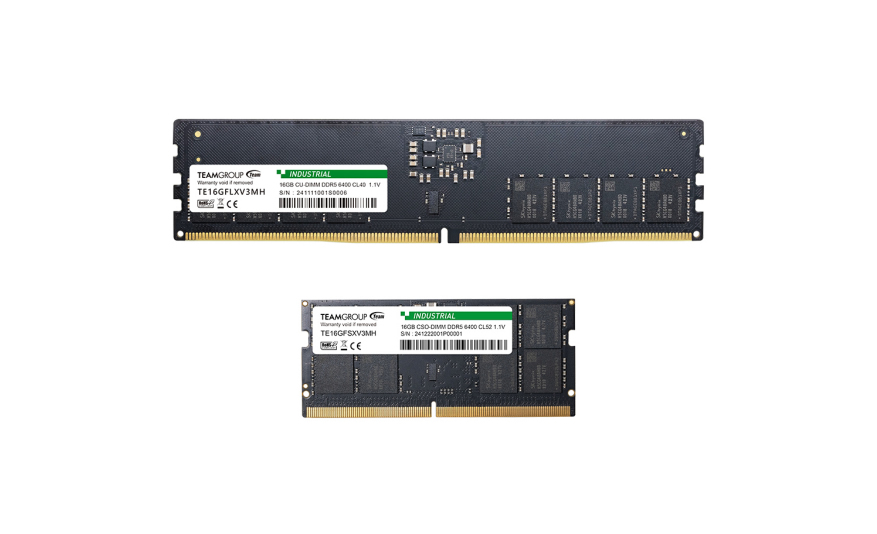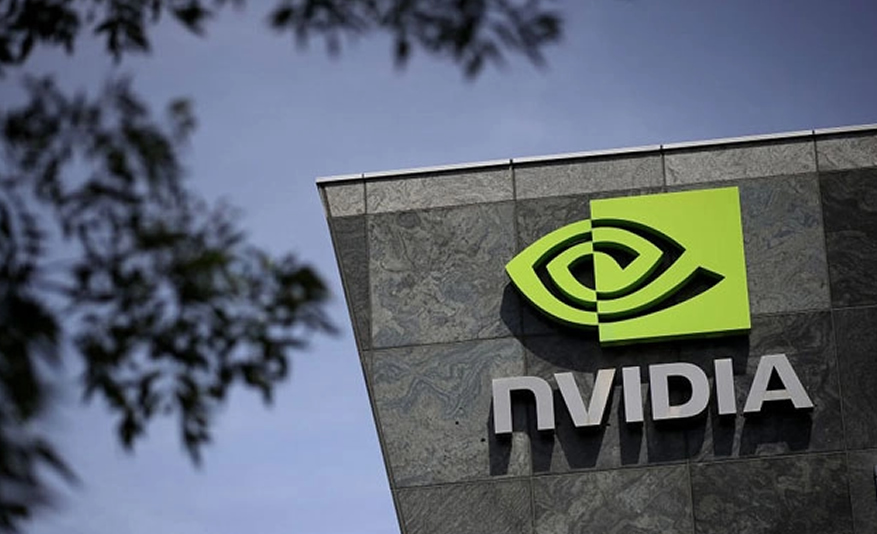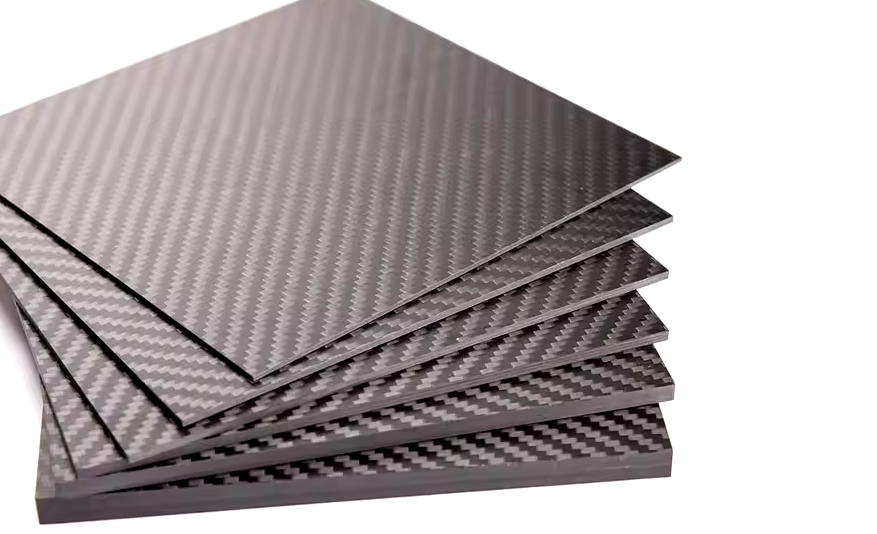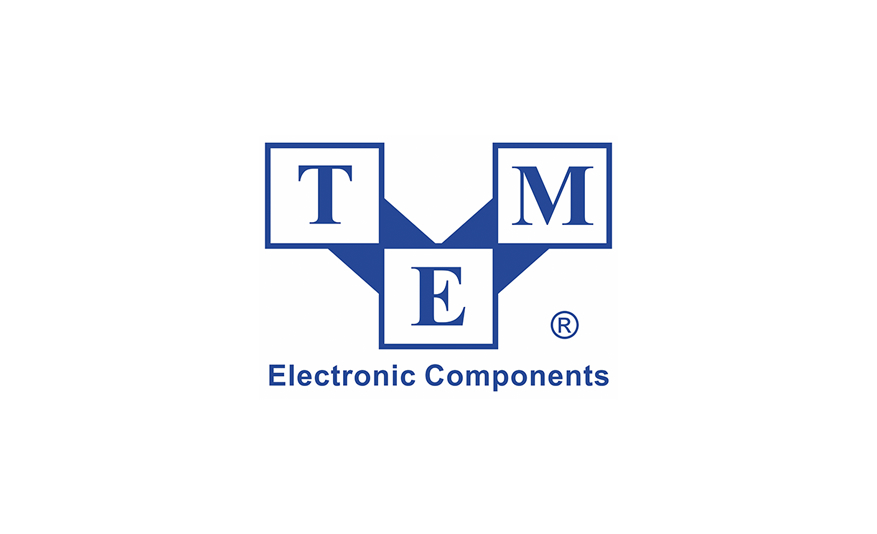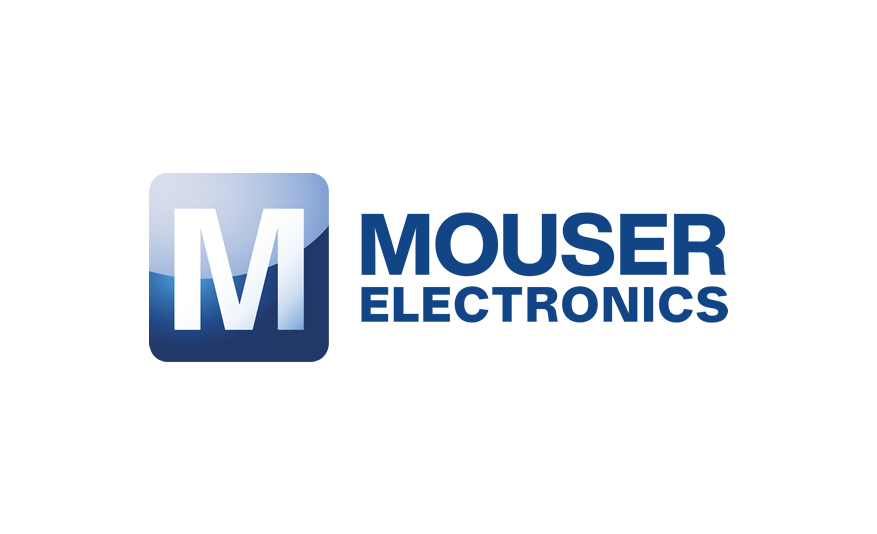Chinese fabless semiconductor startup Numemory is developing storage-class memory (SCM) chips using Optane-like phase change memory and crossbar technology.
Numemory, a business unit of Xincun Technology (Wuhan), has launched the NM101, a storage-class memory chip with 10x faster read and write speeds and 5x longer endurance than NAND chips. Xincun Technology was established in July 2022 and has developed a 3D selector-only memory (SOM) technology using phase-change memory and a crossbar structure, which is remarkably similar to Intel and Micron’s failed Optane memory technology.

Numemory’s website states: “The new memory is a type of SCM (storage-class memory) that can increase storage capacity, reduce costs, and thus greatly improve the overall performance of the storage system. The new memory is considered to be a next-generation non-volatile storage technology that is very promising for large-scale mass production, and has become a hot topic of international concern in recent years.”
Storage-class memory combines near-DRAM speeds with faster-than-NAND performance while retaining NAND persistence so that it occupies a place in the memory hierarchy above SSDs but below DRAM.
The NM101 chip’s tech specs are listed in a table on the Numemory website, which we translated:

The 3200 MT/sec rating is the same as an Intel Optane PMem 200 device. Numemory says the NM101 has low latency but the table does not provide a latency number. It doesn’t provide any IOPS or bandwidth numbers either.
In 2023, Numemory stated it had “a total of 273 invention patents, 60 international patents, and 213 Chinese patents; 51 Chinese patents have been authorized; and 11 integrated circuit layout designs have been authorized.”
A patent, CN118215387A, relating to PCM and a SOM SCM device between DRAM and NAND, states: “SOM differs from 3D XPoint memory (and similar 3D cross-point memory) in that the memory cells that it uses a cross-point structure (crossbar) consist of only one selector. The SOM memory has the advantages of simple structure, high scalability, high SET/RESET speed, good cycle life, vertical stacking, no write crosstalk caused by thermal effect and the like, is a very promising nonvolatile memory, and has obvious advantages in the fields of high-speed computing interconnection (Compute Express Link, CXL), high-bandwidth memory (High Bandwidth Memory, HBM) and the like.”
There is also patent CN118301944A, which relates to a hard mask layer in SOM fabrication.
We understand that Chinese tech business Guao Technology has invested in Xincun, which has been developing its SOM chip since 2019. Xincun aims to start mass production by the end of this year and produce 10,000 chips a month by the end of 2025. A production line will be established, with Guao investing ¥10 billion along with help from the government of Anji county, Huzhou city, Zhejiang province. Guao Technology and Xincun Technology will jointly set up a chip module testing and packaging company.
We understand Xincun Technology has around 180 employees, with 80 percent in research and development and 60 percent holding a master’s degree or higher qualification.
Comment
If the NM101 is viable and can be manufactured and sold successfully – unlike Optane – China will have a real SCM memory device that should be faster than accelerated SSDs such as Solidigm’s D7-P5810, Micron’s XTR, and Kioxia’s FL6 drives. That should speed applications running in SCM-assisted servers and storage systems.
We don’t know anything about Numemory’s go-to-market strategy, but we can assume the domestic Chinese market will be its initial focus with sales outside China a possibility once manufacturing volume ramps up high enough.
We can also assume that Chinese storage companies like Huawei and domestic server suppliers will be customers for the NM101, which should give them a performance advantage against storage arrays and servers that don’t use the chip.
We can also look forward to Taiwanese and Korean semiconductor companies, as well as engineers from all the DRAM and SSD vendors, poring over Xincun Technology’s patents and trying to find out if Numemory’s tech is real, can be replicated somehow, and if it can possibly succeed where Intel and Micron failed.




